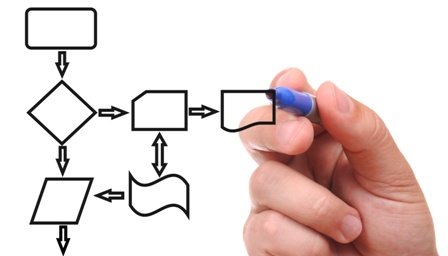Is that even possible?
If you´ve been here long enough, some time ago I talked about mixing science and art. This is one of the best examples(Notice how I said ONE, spoilers for next post).
First let´s make things clear. Software design usually refers to the problem solving through an algorithm design(software solution). This is caused because on paper it sounds so nice(it always does) but in real life, machines have physical limitations(Memory, RAM, processing power, etc.) and a lot of times, careful planning is needed in order to make efficient what we have.

And that is what software design is at a basic level. The planning of how to implement software into a problem and create a solution.
That sounds so good, how do I do it?
Well first, it is expected that when you are in this phase you should already have done the analysis of the problem at hand(actually software design is part of the implementation step). With that in mind the first suggested step is to build a “prototype that works” meaning something either really simple or really complex that solves the problem.From there on it´s just adjusting you prototype to the limitations you have. As a sort of guideline, it is recommended that one process should not take more than 15% of the resources. Actually, there are quite a lot of suggestions, the best of them being Davis´s principles for software design which are as follows:
- The design process should not suffer from “tunnel vision.” A good designer should consider alternative approaches, judging each based on the requirements of the problem, the resources available to do the job.
- The design should be traceable to the analysis model. Because a single element of the design model can often be traced back to multiple

 Continue reading "When Science Meets Art. Software Design"
Continue reading "When Science Meets Art. Software Design"

